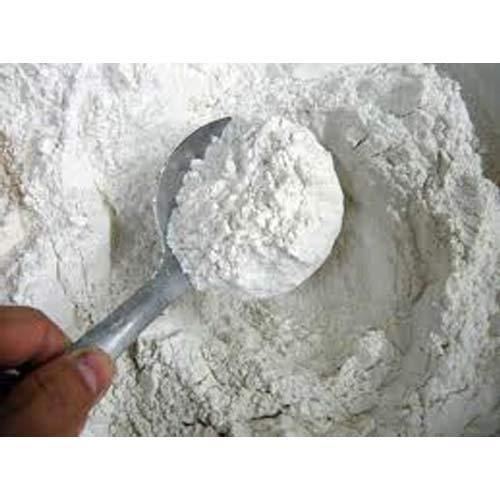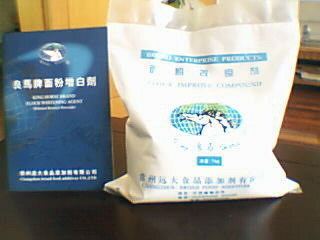 | ||
Similar All‑purpose Flour, Enriched flour, Whole‑wheat flour, Unsalted Butter, Baker's yeast | ||
Flour bleaching agent is a food additive added to flour in order to make it appear whiter (freshly milled flour has a yellowish tint) and to oxidize the surfaces of the flour grains and help with developing of gluten.

Usual bleaching agents are:
Use of chlorine, bromates, and peroxides is not allowed in the European Union.
Chlorinated cake flour improves the structure-forming capacity, allowing the use of dough formulas with lower proportions of flour and higher proportions of sugar. In biscuit manufacturing, use of chlorinated flour reduces the "spread" and provides a tighter surface. The changes of functional properties of the flour proteins are likely to be caused by their oxidation.

In countries where bleached flour is prohibited, plain flour can be treated in a microwave oven to produce similar chemical changes to the bleaching process. This improves the final texture of baked goods made to recipes intended for bleached flours.


